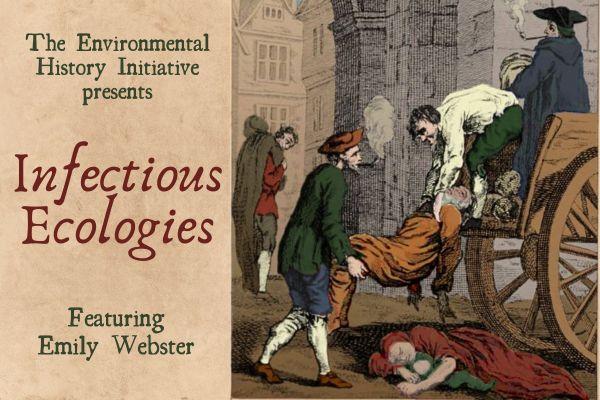
At the end of the nineteenth century, public health was in a state of internal conflict across the Anglophone world. With the introduction of water carriage systems, improved drainage, and increased attention to household sanitary practices, major urban centers reported lower childhood mortality, lower infectious disease mortality, and longer lifespans. Beneath this triumphalist narrative, however, lurked a far more deadly reality for residents of many imperial cities. In Bombay, India, thousands of residents died monthly of plague, as a debate raged on among imperial official as to whether rats were vectors for the deadly disease; in Melbourne, Australia, Dr. William Thompson argued publicly that tuberculosis rates in the “salubrious” city were in fact, higher than anywhere else in the British Empire; meanwhile closer to home, Belfast, Northern Ireland was defying trends towards decreasing typhoid incidence and mortality in the United Kingdom with persistent annual epidemics that could not be traced to water nor milk. These epidemics challenged the narrative of improved urban health in the second half of the nineteenth century. The structures and systems that were intended to improve quality of life in these cities ushered in a series of stubborn, deadly epidemics that continued well into the twentieth century.
Understanding these epidemics, this talk argues, requires thinking of epidemics as complex ecological events, and of urban spaces as a collision of global and local biocultural forces; and that the use of both biological and historical evidence is necessary to render these events visible. I argue that the structures of imperialism – in these examples, British imperialism – created ecological niches for a variety of infectious diseases. Looking not only at dramatic, highly-visible epidemics, but the smaller, quotidian diseases that killed thousands of people on local scales, I assert that the unique interactions of imperial political, economic, and social systems of power with agentive, specific, and overlapping ecosystems created ecological and evolutionary opportunities for microbial diseases to thrive in novel places and populations. Furthermore, I argue that in order to truly understand the emergence of these microbes, we must think of these systems as interconnected and biologically consequential. Examining the multi-scalar relationships that drove these epidemics using both biological and historical methods allows for new insights into these sometimes mundane, sometimes spectacular events – and shows why, despite countless medical innovations, the epoch of epidemics is far from over.
Bio: Emily Webster is Assistant Professor in the History and Philosophy of Health and Medicine in the Department of Philosophy at Durham University. Her research focuses on the ecology of historical epidemics, drawing on contemporary biology and ecology alongside traditional historical methods to tell multi-species, multi-scalar histories of infectious disease that ground humans in their physical environments, past and present. She is currently working on her book project, Infectious Ecologies: A Biological History of Epidemics in the British Empire, and has just opened a co-created, three-part museum exhibition on typhoid fever in Ireland through the AHRC-IRC funded digital history project, “Typhoid, Cockles, and Terrorism.” Emily also serves as a review editor for Environmental History Now and a co-director of the Durham University Centre for the History of Medicine and Disease. She received her PhD in History and MSc in Public Health Sciences from the University of Chicago in 2021, and her BA in History at Ohio State University in 2015.
